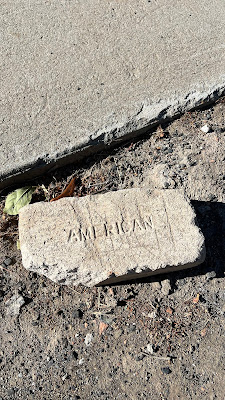The Way it Was
Back in the early-60’s, I walked hand-in-hand with my grandmother in her rural town. We had driven the twenty miles from the ranch. Most farms were about 1000 acres and the homesteads were a mile or two apart. Oats, barley, and wheat were spread across the fertile soil.
Grandma had her list, and I waited patiently as she conversed with the butcher. She then pushed a large cart up and down the aisles for her groceries. Afterwards, we headed across the street to the drug store, and then to the tractor shop for Grandpa’s parts he needed. It was a routine that was repeated weekly—and on Sunday we went to church—seeing farmer friends, the men no longer in overalls.
Ten years later, I’d do all these chores on my own—speeding into town in their Ford Ranchero.
Now this little town, well over a half century later, revealed that change sometimes takes things away. Some families passed on the farm chores to the next generation, and those are the ones still here.
But others sold their land to corporations, who gobbled up homesteads. That changed the landscape in ways I could now see as I walked through downtown.
The old grocery store has been converted to a food bank. The drug store remains, but the neighboring stores are shuttered. The movie theater doesn’t feature current films.
The town is still proud of its history. Wagon trains brought early settlers in the 1880’s. The county’s first bank came in 1891, and soon after a Ford dealership.
A friend of mine is fond of saying that nothing lasts forever. That is certainly true in this small town. It’s crumbling away but surviving through the commitment of those staying.
Will there be a rebirth someday? Could the modern era embrace its quaintness and desire to rekindle it? Not yet.
So, like many places where folks moved out in order to move on, a few remnants are there for those who want to walk back in time, if only to remember it for the way it was.






